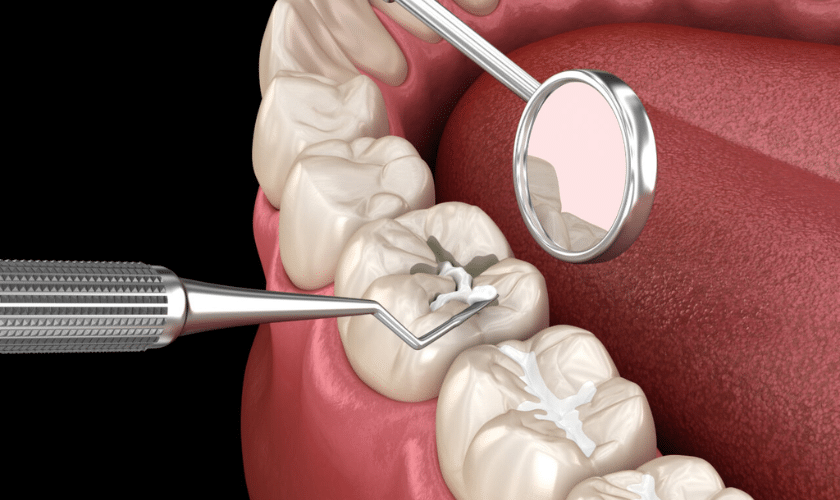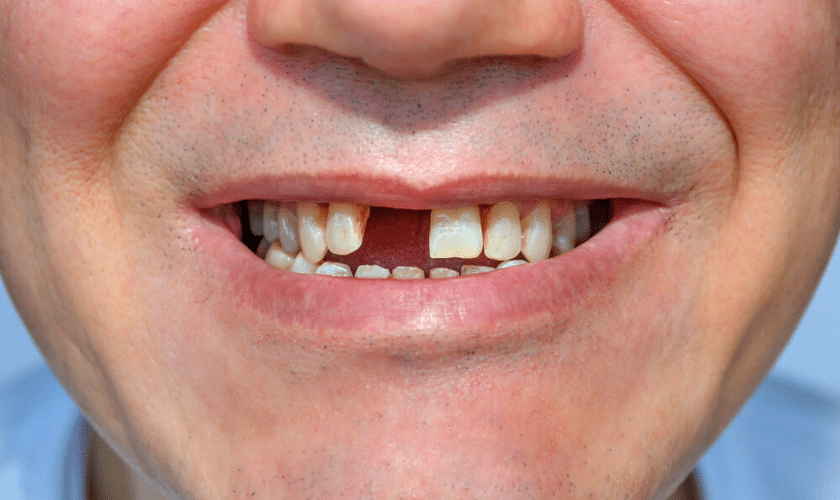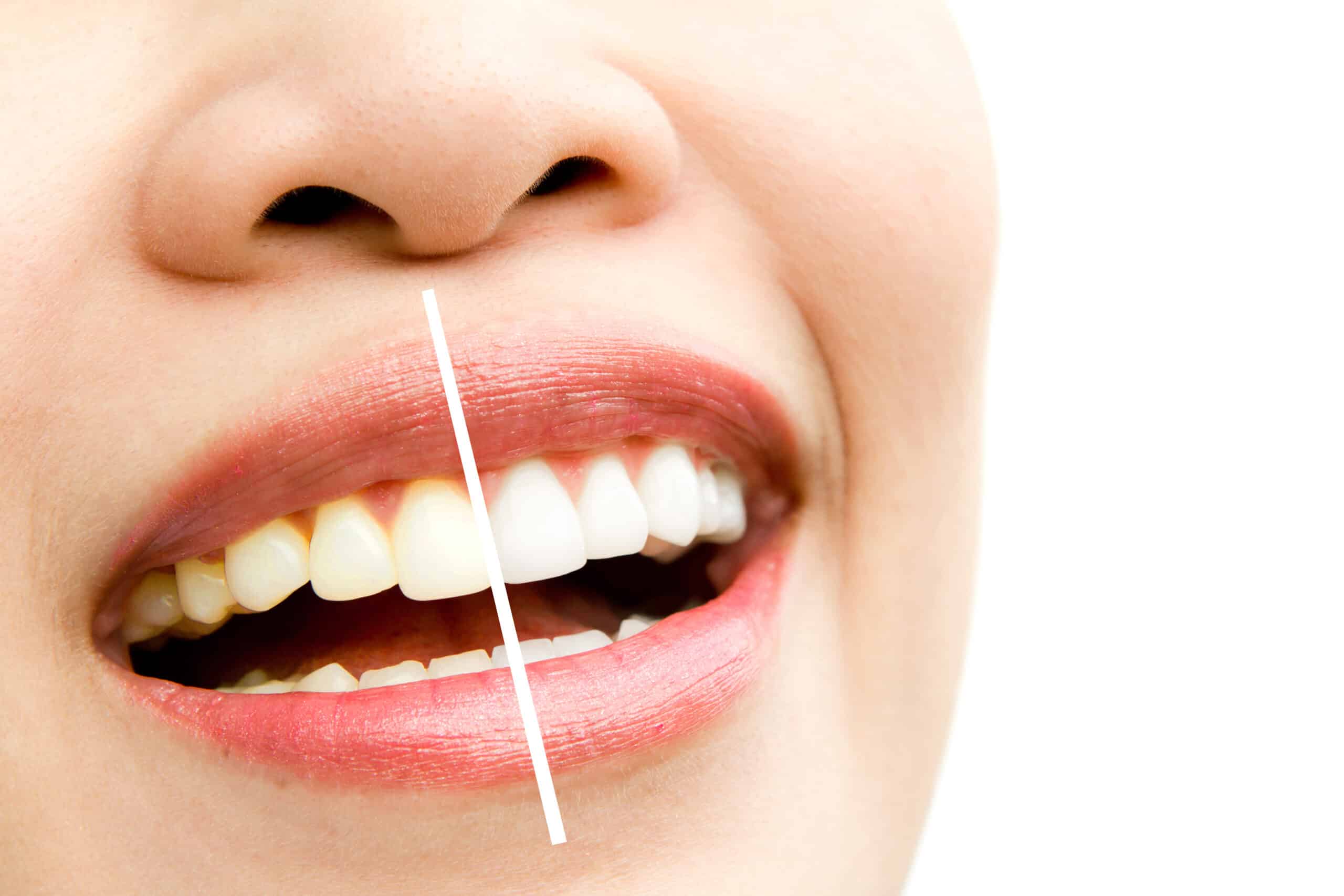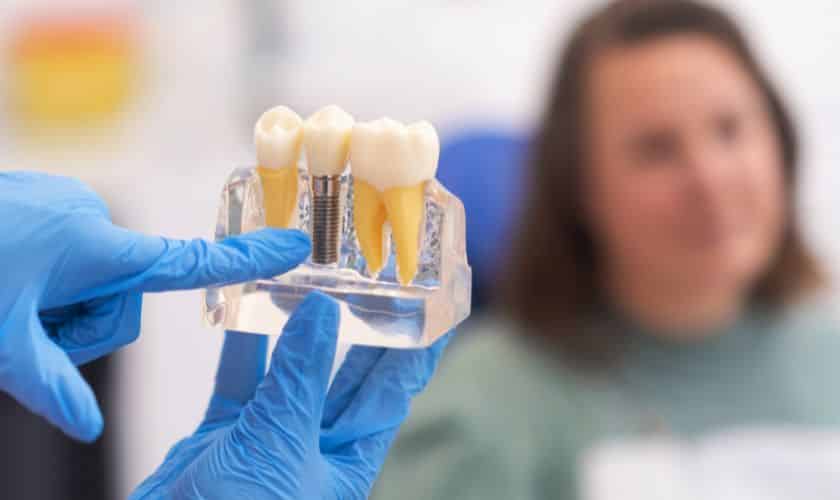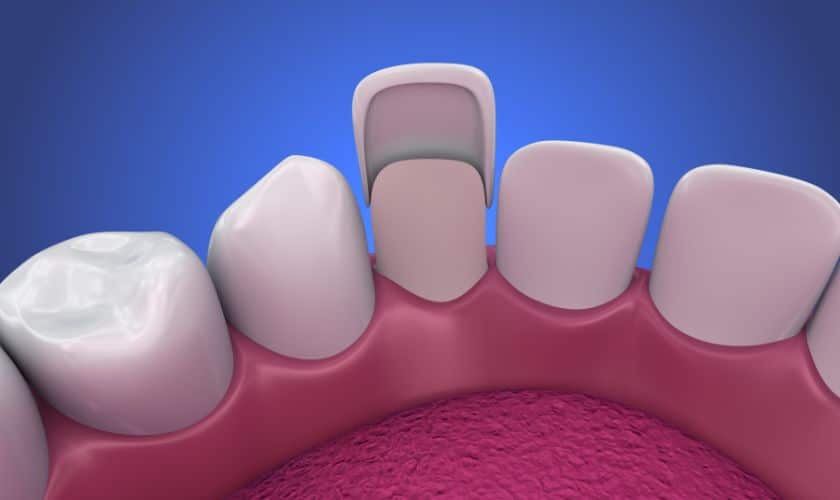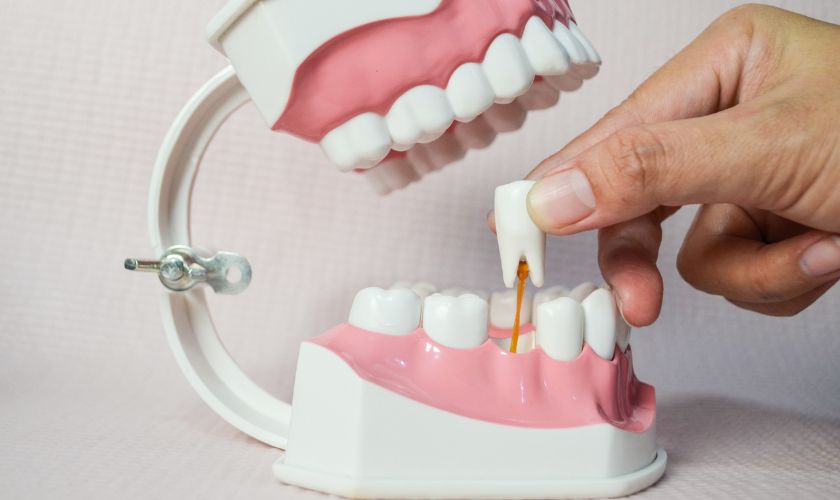
Welcome to our comprehensive guide on tooth extractions! Whether you’re getting your first extraction or have had several, this guide will provide you with all the information you need to know. We understand that the thought of having a tooth removed may be daunting, but fear not – we’ve got you covered! From understanding what a tooth extraction is and when it’s necessary to know what to expect during and after the procedure, keep reading for everything you need to know about tooth extractions.
What Is A Tooth Extraction?
Tooth extraction is a dental procedure that involves the removal of a tooth from its socket in the jawbone. The process may seem daunting, but it’s one of the most common dental procedures performed and can be done quickly.
There are two types of tooth extractions: simple and surgical. A simple extraction is when a dentist removes a visible tooth without surgery, whereas surgical extraction requires an incision in the gum to remove a broken or impacted tooth below the gum line.
Before performing any type of extraction, dentists numb the area with local anesthesia to ensure you don’t feel any pain during the procedure. In some cases, they might need to use general anesthesia if multiple teeth are being extracted or if they have severe anxiety.
After numbing your gums, your dentist will use specialized tools to loosen and remove your tooth from its socket gently. They may also need to stitch up your gums after removing some teeth depending on how invasive it was.
Tooth Extractions are safe and straightforward procedures that relieve discomfort while preventing future damage for patients who face serious oral health issues such as infections or overcrowded teeth.
Types Of Tooth Extractions
There are two types of tooth extractions: simple and surgical. Simple extractions are for teeth that can be seen in the mouth, while surgical extractions require an incision into the gum to remove a tooth that cannot be easily accessed.
Simple Extractions:
During a simple extraction, your dentist will numb the area surrounding the tooth before loosening it with a dental instrument called an elevator. Once loose, they will use forceps to gently remove the tooth from its socket.
Surgical Extractions:
A surgical extraction involves cutting through the gum tissue and sometimes removing bone to reach a tooth. This type of procedure is typically done when teeth have not fully emerged or have broken off at the gum line.
Wisdom Teeth Extraction:
Wisdom teeth removal is another common type of extraction. These third molars often cause problems as they try to emerge in young adults’ mouths, leading to pain and infection if not extracted promptly.
No matter which type of extraction you undergo, following proper aftercare instructions is crucial for preventing complications such as infection or dry socket.
Procedure For A Tooth Extraction
The procedure for tooth extraction is typically performed by a dentist or oral surgeon. Before the procedure, the patient will receive local anesthesia to numb the area around the tooth being extracted.
Once the anesthesia has taken effect, the dentist will use forceps to gently loosen and remove the tooth from its socket in the jawbone. If necessary, they may need to make an incision in the gum tissue to access and remove any part of the tooth that remains below the gum line.
After removing the tooth, gauze will be placed over it to help stop bleeding and promote clotting. The patient should then bite down on this gauze for at least 30 minutes after leaving the appointment.
In some cases, stitches may also be required to close up any incisions made during the procedure. These stitches are usually dissolvable and will break down over time as your mouth heals.
While getting a tooth extracted can seem intimidating, it’s generally considered a safe and routine dental procedure with little risk of complications when performed by an experienced professional under proper conditions.
When Is A Tooth Extraction Necessary?
There are several reasons why a tooth extraction might be necessary. One of the most common reasons is extensive decay or damage to a tooth that cannot be repaired with a filling, crown, or other dental treatment. In some cases, the root of the tooth may also be infected and cause pain.
Another reason for tooth extraction is overcrowding in the mouth. This can occur when there are too many teeth present and not enough space for them to properly align. Removing one or more teeth can help prevent future dental problems such as misalignment and overcrowding.
Sometimes wisdom teeth need to be extracted due to impaction or infection caused by their position in the back of the mouth. Other times, orthodontic treatment may require one or more teeth to be removed in order to properly align the remaining teeth.
In certain medical conditions like cancer treatments and organ transplants, immune-suppressive drugs used may cause an increased risk of infections which could lead dentists to recommend extractions before starting these treatments.
Ultimately, whether or not a tooth needs to be extracted depends on each individual case and should always be discussed with your dentist prior to making any decisions about your oral health care plan.
After The Extraction: Rinse And Bite Your Teeth Hard
After the tooth extraction procedure, it is essential to take care of your oral health even more than before. One crucial step in this process is rinsing and biting down on gauze.
Firstly, your dentist will provide you with a piece of gauze to bite down on for about 30-45 minutes after the procedure. This helps control any bleeding and encourages clotting in the socket.
Once you remove the gauze, it’s time to start rinsing. Use warm saltwater and swish gently around your mouth for about 24 hours after the extraction. This can help reduce inflammation and promote healing.
It’s also important not to rinse too vigorously or use mouthwash during this time as it could disrupt clot formation leading to dry sockets which are very painful.
Additionally, avoid smoking or using straws as the suction may dislodge clots leading to pain and infection.
Make sure that you stick to soft foods until fully healed and avoid hot drinks or food until all numbness has worn off from the anesthesia used during surgery.
Taking these steps seriously can make a significant difference in how quickly your mouth heals following an extraction!
The Bottom Line
Tooth extractions can be an intimidating and nerve-wracking experience. However, understanding the procedure and knowing what to expect can alleviate some of those fears. Whether it’s a simple extraction or a more complex surgical removal, by following your dentist’s aftercare instructions, you’ll be on the road to recovery in no time.
Remember that regular dental checkups are essential for maintaining good oral health. Your dentist will monitor any potential issues and recommend necessary treatment options before they become major problems requiring tooth extractions.
In summary, if you have concerns about your teeth or think you may need a tooth extraction, don’t hesitate to contact your dentist. With their expertise and guidance, you can rest assured that your dental health is in good hands.

